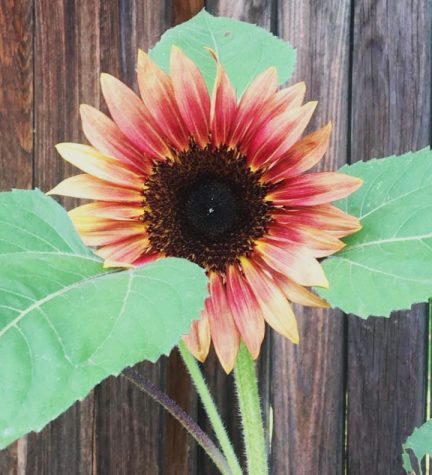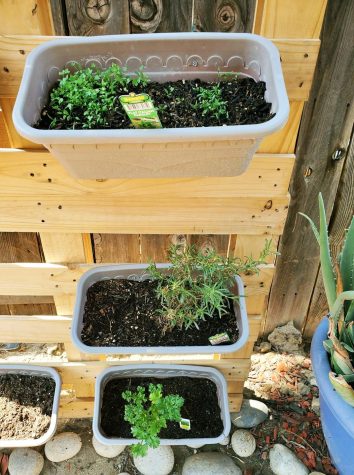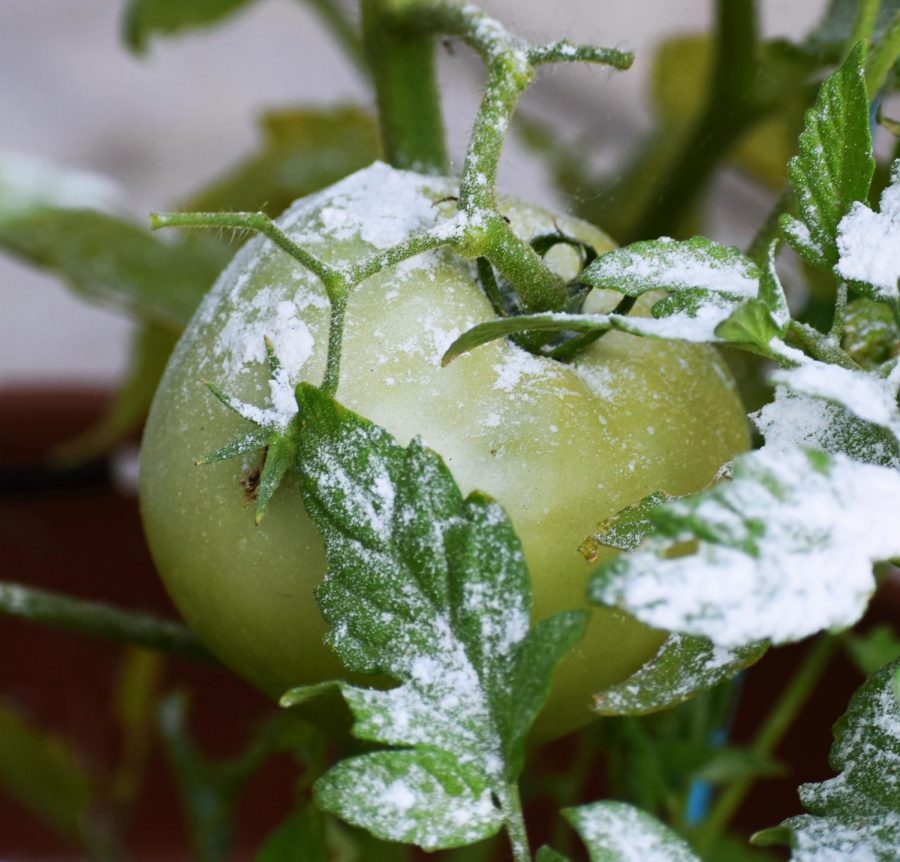Relief gardens return in the face of the COVID-19 pandemic
Sprinkling flour over crops can serve as a natural pesticide.
September 4, 2020
As COVID-19 forces most people to spend an increased amount of time at home, relief gardens have begun to make a comeback across the nation. During the world wars, the United States was known for its victory gardens, which were planted for food production and for relieving other nations for produce.
Today, local residents are planting numerous crops to relieve their families and friends of the worries created by food shortages caused by a global decrease in the labor force.
CSU Bakersfield students are no exception. Thirty-four percent of responding Runners on Instagram said they started a garden during the pandemic. Students messaged The Runner with descriptions of their personal relief gardens, almost all of which focused on planting crops for consumption.

Students described gardens rich in greens, growing everything from bell peppers to watermelon. Each garden had its own pop of color from bright flowers, varieties of squash, and tomatoes.
“I planted a lot, especially once it became apparent that grocery stores were going to be struggling to stock their shelves [in March]. A friend and I traded with one another often,” wrote Amanda Saxby, a senior art history major at CSUB.
With more than 30 crops planted this year, Saxby has been able to grow a significant amount of produce to enjoy.
Some journalists, such as New York Time’s Tejal Rao, argue that the similarities between the gardens of the past and those of the present run deeper than noticed at surface value.
Comparing the need to focus on something positive and within their control, families across the U.S. planted victory gardens to help replace the food that they would have typically received from other countries.
With the global pandemic forcing borders to close and shipment delays, families have begun trying to bridge the gap themselves. These gardens became many people’s escape from the reality of life during a pandemic, just as many residents used their gardens to escape from the horrors of both world wars.

With more benefits than just an increase in food production, those that hopped on the garden trend may find themselves feeling an improvement in their health. According to a research study in the journal of Science of the Total Environment, gardening can help a person become more active, reduce stress, and get a chance to enjoy some fresh air.
“I recently started my garden, and it has brought me so much joy,” Adriana Rodriguez, a senior environmental resource management major, wrote to The Runner.
Runners showed off their green thumbs when they submitted photos of their nutrient-rich crops, proud of the successful gardens they had grown, reflecting the hope continued to grow there too.







